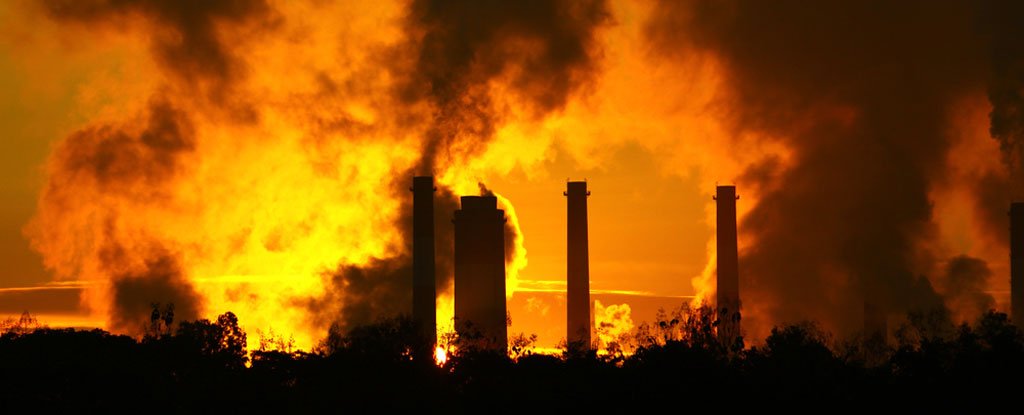
Plant life also helps to reduce humanity’s carbon footprint, sucking up about 25 percent of our carbon emissions to produce fuel for itself during photosynthesis. The only problem is, nature’s system for doing this is pretty slow and inefficient, but what if it could be boosted?
That’s the thinking behind a new study from German researchers, who have developed a synthetic system to incorporate CO2 into organic compounds – called carbon fixation – which is both dramatically faster than nature’s method and more energy efficient.
When plants absorb carbon during what’s known as the Calvin cycle – the second stage of photosynthesis – an enzyme called RuBisCO helps catalyse the reaction that turns CO2 into glucose, which plants use as an energy source.
The drawback with this system, according to lead researcher Tobias Erb from the Max Planck Institute for Terrestrial Microbiology, is that RuBisCO itself isn’t exactly quick, which holds the whole process up.
“RuBisCO is slow,” he told William Herkewitz at Popular Mechanics, adding that it’s also error-prone.
“[I]t backfires often, meaning about every fifth attempt RuBisCO will mix up CO2 with oxygen gas,” he explains, which further slows carbon absorption.
To see if they could engineer a better artificial system, Erb’s team sifted through a library of some 40,000 known enzymes from all walks of life.
“Some enzymes are found in the human body, and gut bacteria,” he says, while others were sourced “from plants, and microbes that live in the oceans and on the surface of plants”.
From this massive catalogue, the researchers ended up identifying 17 different enzymes from 9 different organisms, and engineered them into a new 11-step system that effectively recreates the Calvin cycle – but with superior results.
These enzymes, which belong to a group called ECRs, could pave the way for a new kind of organic carbon capture system that’s potentially way more effective than the shrub on your window sill.
“ECRs are supercharged enzymes that are capable of fixing CO2 at the rate of nearly 20 times faster than the most widely prevalent CO2-fixing enzyme in nature, RuBisCo, which carries out the heavy lifting involved in photosynthesis,” Erb said in a press release.
Given that the process has only been trialled in a test tube so far, it’s too early to say how much faster the system could be at capturing atmospheric carbon in the real world.